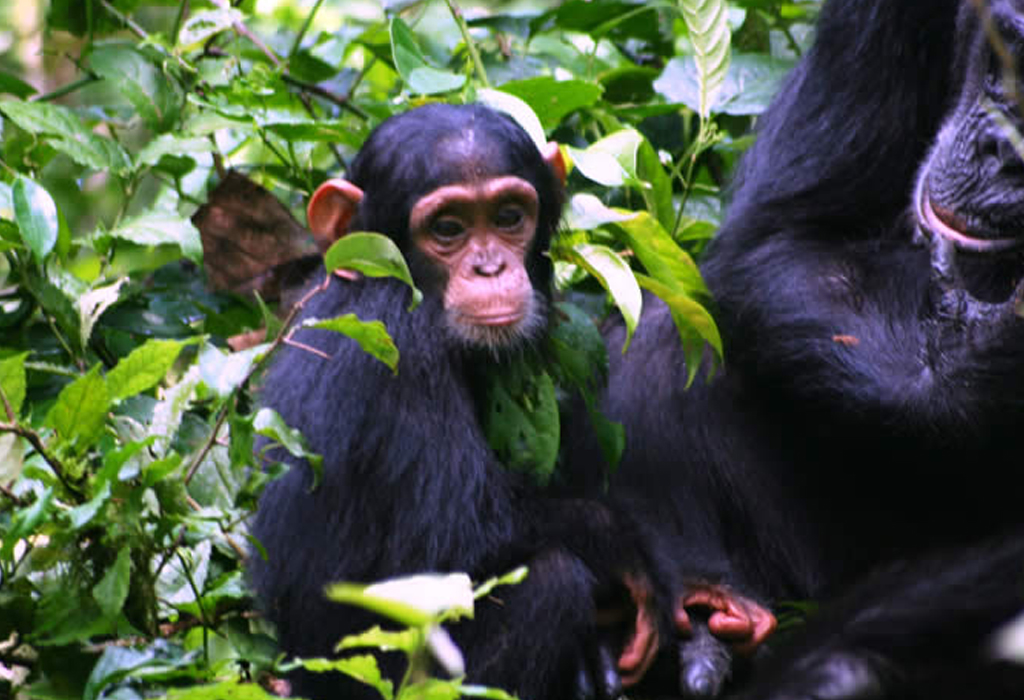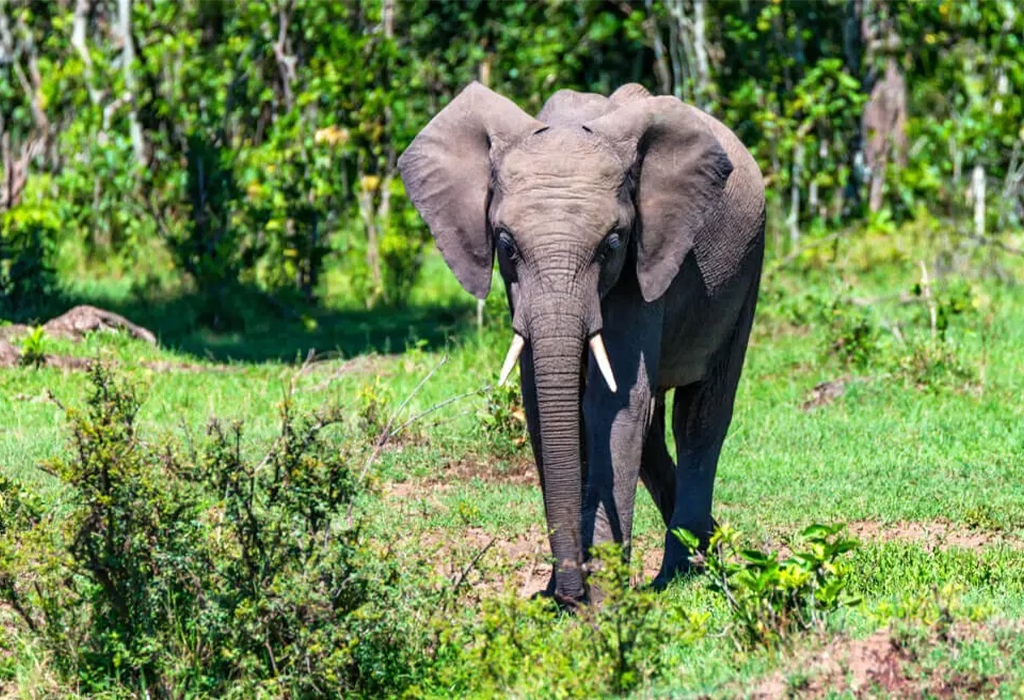
Why Chimpanzees Swing on Trees
Why Chimpanzees Swing on Trees
There’s something profoundly inspiring about watching a chimpanzee swing from branch to branch in the heart of a lush African forest. It’s a moment that captures the spirit of the wild raw, graceful, and deeply connected to nature. For anyone fortunate enough to witness this display in person, it’s more than just movement; it’s a story of survival, intelligence, and freedom woven into each swing. But why do chimpanzees swing on trees, and what makes this behavior so vital in their lives?
A Natural Adaptation to Life in the Canopy
Chimpanzees are primarily arboreal, meaning they spend a large portion of their time in trees. Swinging, technically known as brachiation, is one of the most efficient ways for chimpanzees to navigate the dense forest canopy. Their bodies are naturally built for this lifestyle. With long, strong arms, flexible shoulder joints, and powerful grasping hands and feet, they can move quickly through the trees, covering ground that would otherwise be difficult on foot.
This ability to swing from tree to tree is not just about getting from point A to point B. It’s a way of life that keeps them safe from ground predators, helps them locate food sources, and allows them to communicate with other members of their group. It’s their version of taking the high road and it works beautifully.
A Strategy for Safety and Survival
In the wild, survival is always at the core of an animal’s behavior. For chimpanzees, swinging through the trees offers a strategic advantage. The forest floor can be dangerous, with threats from predators such as leopards or even territorial rival groups of chimpanzees. By staying in the treetops, they can avoid many of these dangers.
Young chimps, especially, learn early to swing as a means of escape and exploration. It’s a skill passed down through observation and play, essential for their development. Watching a baby chimp clumsily attempt its first swing is not only adorable but also a powerful reminder of how survival is deeply embedded in instinct and practice.
A Tool for Feeding and Exploration
Swinging isn’t just about movement it’s a way to reach fruit-laden branches, forage for insects, and access areas of the forest where food is more abundant. Chimpanzees are highly intelligent and know exactly where their favorite food sources are. The ability to swing with speed and accuracy allows them to forage efficiently without wasting energy.
In regions like Uganda’s Budongo Forest or Kibale National Park, you can often see chimpanzees using vines or flexible branches to propel themselves toward fig trees, where ripe fruits await. It’s a beautiful display of coordination and strength, all driven by the simple need to eat and explore.
A Sign of Intelligence and Social Connection
Chimpanzees are not only physically adapted to swing; they are mentally equipped to understand how to do it effectively. Their spatial awareness is remarkable. They can judge distances, adjust their grip, and plan their swings with precision. This intelligence is part of what makes them our closest living relatives.
Beyond the physical and practical, swinging can also be a social activity. Young chimpanzees often swing together in play, strengthening bonds and learning valuable life skills. It’s in these playful interactions that their personalities shine through. You can sense curiosity, joy, and even mischief as they launch themselves into the air, sometimes with a squeal of delight.
An Expression of Freedom and Wild Grace
There’s an emotional element to chimpanzees swinging through trees that can’t be ignored. It’s a symbol of wild freedom. In a world where nature is increasingly threatened, watching a chimpanzee glide through the canopy untouched and unconfined is a reminder of what it means to live fully in the moment.
It evokes something ancient in us a connection to a time when we, too, were part of the forests. Maybe that’s why seeing chimpanzees in the wild is such a powerful experience. It reconnects us with the earth, with our roots, and with the simple, unspoiled joy of movement.
A Lesson from the Forest
Chimpanzees swing through trees not just because they can, but because it is essential to who they are. It is how they survive, thrive, learn, and connect. Their movements are not random they are calculated, purposeful, and deeply intelligent.
For travelers, conservationists, and nature lovers alike, watching chimpanzees swing through the forest canopy is more than a wildlife sighting. It’s a moment of awe that teaches us to appreciate the beauty of nature’s design. It reminds us that freedom is a dance, and in the treetops of Africa, chimpanzees have mastered it.


